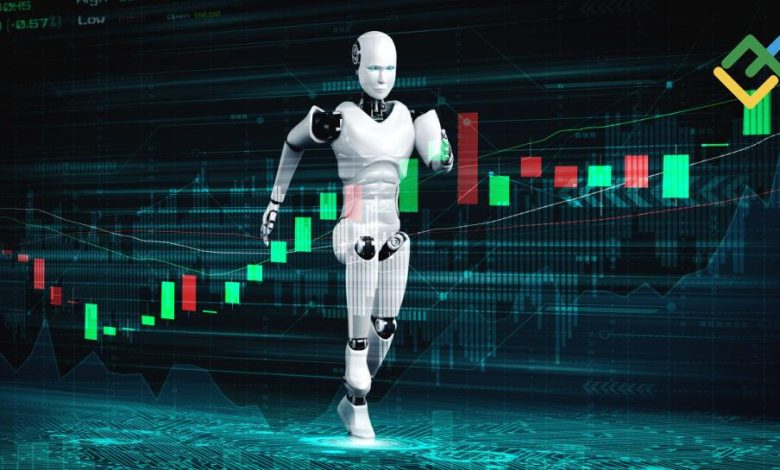Backtesting Forex Robots: A Crucial Step for Successful Automated Trading

In the world of Forex trading, automated trading systems, often referred to as Forex robots or expert advisors (EAs), have become increasingly popular among traders. These systems use pre-programmed algorithms to analyze the markets, make trading decisions, and execute trades on behalf of the trader. While the allure of automated trading is undeniable, it’s crucial for traders to understand the importance of backtesting these systems before deploying them in live trading.
What is Backtesting?
Backtesting is the process of testing a trading strategy using historical market data to see how it would have performed in the past. The idea is to simulate the strategy under various market conditions to evaluate its effectiveness and profitability.The Importance of Backtesting Forex Robots
- Assessing Strategy Performance: Backtesting allows traders to evaluate how well a forex robot performs under different market conditions. It provides insights into the strategy’s strengths and weaknesses, helping traders make informed decisions about whether or not to use the robot in live trading.
- Risk Management: Backtesting helps traders assess the risk associated with using a particular Forex robot. By analyzing historical data, traders can determine the maximum drawdown and potential losses they may incur when using the robot.
- Optimization: Backtesting can help traders optimize their Forex robots for better performance. By tweaking parameters such as stop loss, take profit, and trade entry criteria, traders can improve the robot’s profitability and efficiency.
- Understanding Market Dynamics: Backtesting provides traders with a deeper understanding of market dynamics. By analyzing historical data, traders can gain insights into how different market conditions affect the performance of their Forex robots.
- Building Confidence: Backtesting can help traders build confidence in their Forex robots. By seeing how well the robot has performed in the past, traders can trust the robot to make trading decisions on their behalf.
How to Backtest a Forex Robot
- Define the Trading Strategy: The first step in backtesting a Forex robot is to define the trading strategy. This includes specifying the entry and exit criteria, stop loss, take profit, and any other relevant parameters.
- Collect Historical Data: Next, traders need to collect historical market data for the currency pair they want to backtest the robot on. This data should include price, volume, and other relevant information for the specified time period.
- Set Up Backtesting Software: Traders can use backtesting software such as MetaTrader to backtest their Forex robots. The software allows traders to input the trading strategy and historical data, and then simulates the strategy to see how it would have performed in the past.
- Run the Backtest: Once the backtesting software is set up, traders can run the backtest to see the results. The software will generate a report showing the performance of the Forex robot under different market conditions.
- Evaluate the Results: Finally, traders need to evaluate the results of the backtest. This includes analyzing the profitability, drawdown, and other performance metrics of the forex robot to determine its effectiveness.
Benefits of Forex Robot Trading
- Emotional Detachment: One of the primary advantages of forex robot trading is the elimination of emotional biases that can often lead to irrational decision-making. Automated systems operate based on predefined rules and strategies, removing the influence of human emotions such as fear, greed, and overconfidence.
- Consistency and Discipline: Forex robots consistently follow their programmed strategies, ensuring a disciplined approach to trading. They do not deviate from the established rules, which can be challenging for human traders who may be tempted to override their strategies based on impulses or market noise.
- Increased Trading Opportunities: Automated trading systems can monitor the markets 24/7, allowing them to capitalize on trading opportunities that may arise at any time. Human traders, on the other hand, are limited by their ability to continuously monitor the markets and may miss potential opportunities.
- Backtesting and Optimization: Forex robots can be backtested on historical data to evaluate their performance and optimize their strategies. This process allows traders to refine their algorithms and improve their chances of success before deploying them in live trading environments.
- Diversification and Risk Management: Forex robot trading systems can be programmed to implement advanced risk management techniques, such as position sizing, stop-loss orders, and portfolio diversification. These strategies help mitigate risks and potentially improve overall trading performance.




